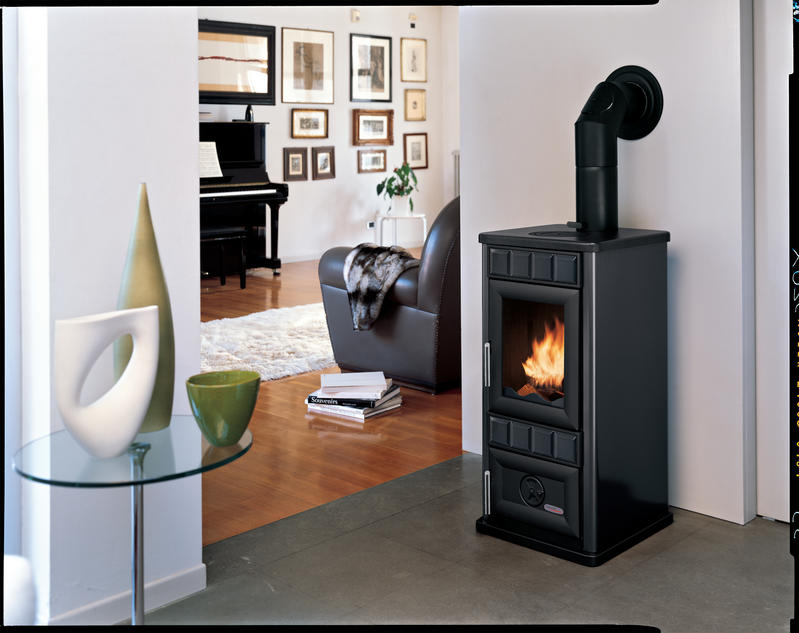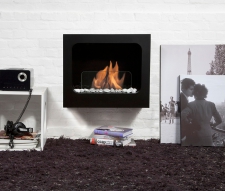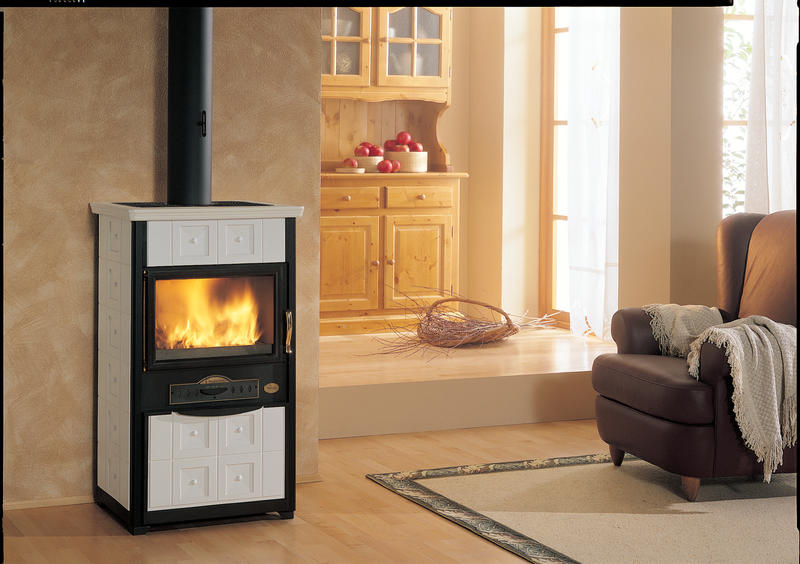It’s always nice to feel warm at home. If you ask us, nothing makes a house feel cozy like a touch of heat from a roaring fireplace.
Fireplaces are a popular addition to houses in countries with cool climates. It helps people gain a comforting and relaxing atmosphere in their homes. Because of so, fireplaces have become central to building houses in numerous countries around the world.
Today, a lot of people consider fireplaces to be an essential part of a household. However, some home builders no longer find traditional wood-burning fireplaces as appealing as they were before. This is why newer kinds of fireplaces were invented.
One type of fireplace that has become a favorite choice for modern households are ethanol fireplaces. Just like wood-burning fireplaces, ethanol fireplaces offer warmth and comfort, but without actually burning anything.
Though both types of fireplaces are effective at providing warmth indoors, many people still struggle with choosing between the two because of their varying pros and cons. If you’re one of those people, this quick article can help you make a decision once and for all.
Below are the main differences between wood and ethanol fireplaces. Take a look to see which one best fits your personal preferences.
Wood-Burning Fireplaces
A wood-burning fireplace is a more conventional type. It has been used for centuries across the globe. Wood-burning fireplaces often give off a rustic feel since it’s often made with bricks and a chimney or vent.
What’s great about wood-burning fireplaces is how it can keep burning for hours and hours. As long as you’re able to refill the wood, you’ll have a roaring fire to heat up your home. Another thing people love about wood-burning stoves and fireplaces is the fact that they can use different types of wood.
This means that you can basically pick up any type of wood you see outdoors and add it as fuel to your fire. It also means you can use certain types of wood that can give off an array of scents. Plus, there’s the comforting sound of crackling wood that just provides a full-on sensory experience.

On the downside, wood-burning fireplaces do tend to lose more heat because of the chimney. Venting out the smoke away from your home also means losing warmth. Another con of wood-burning chimneys is that they’re harder to clean and maintain. You’ll need to invest in time, materials, and labor to get your fireplace regularly cleansed.
Wood-burning fireplaces also tend to be more hazardous than modern ethanol ones. These conventional fireplaces can produce rolling logs and popping embers that can cause indoor fires if not carefully attended to.
Lastly, certain studies have shown that wood-burning fireplaces can produce harmful emissions that are similar to second-hand smoke. Research has shown that smoke from burnt wood can pose several health risks to people who are exposed to it. For this reason, various cities have placed restrictions on wood-burning fireplaces for indoor use.
Ethanol Fireplaces
Over the past century, using ethanol to fuel indoor fires has become very common. Today, alcohol fuels have been integrated with the conventional fireplace to make a safer heat source for modern households.
There are numerous benefits to using ethanol fireplaces over wood-burning ones. One of which is the fact that it’s much safer for humans. Unlike the smoke that comes from burnt wood, burnt ethanol only produces low levels of carbon monoxide. This means it doesn’t pose serious health risks to people, which brings us to its second benefit, the lack of need for chimneys and vents.

Ethanol fireplaces do not produce smoke, which means there’s no need for venting. A lot of people find this feature very convenient because they won’t have to spend more money building a chimney. It also allows them to be more flexible with their house design. However, you should still take note of providing adequate ventilation for the room you wish to add an ethanol fireplace too.
One more benefit of an ethanol fireplace is its ease of use and maintenance. Since it doesn’t produce any ash or waste, you wouldn’t need to perform a thorough cleaning regularly. That means you won’t need to invest in any special tools such as a chimney sweep.
As for its disadvantages, you may end up spending more money trying to keep the fire burning in an ethanol fireplace. Alcohol burns at a lower temperature than wood, making it a costly type of fuel. Another minor disadvantage to using an ethanol fireplace is its lack of natural elements that give off the sensory experience a wood-burning fireplace is known for. Plus, it only gives off blue flames that don’t provide as much light as orange and yellow flames.




Leave A Comment
You must be logged in to post a comment.